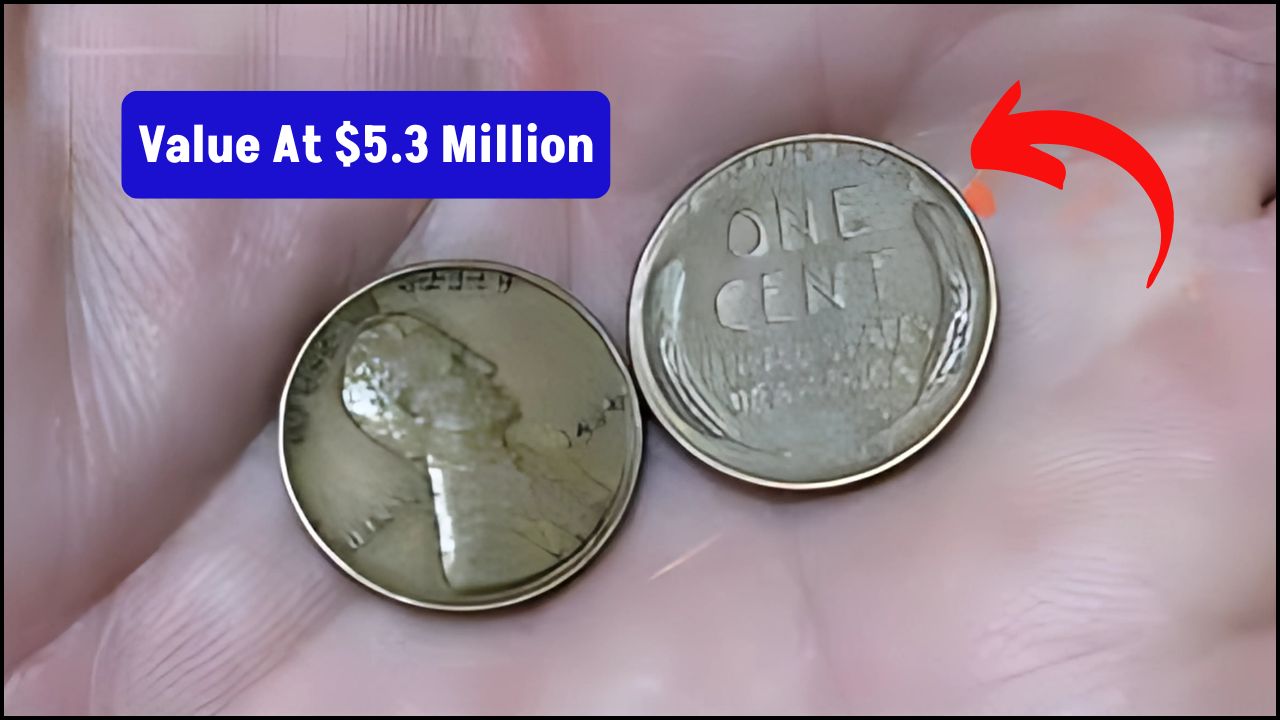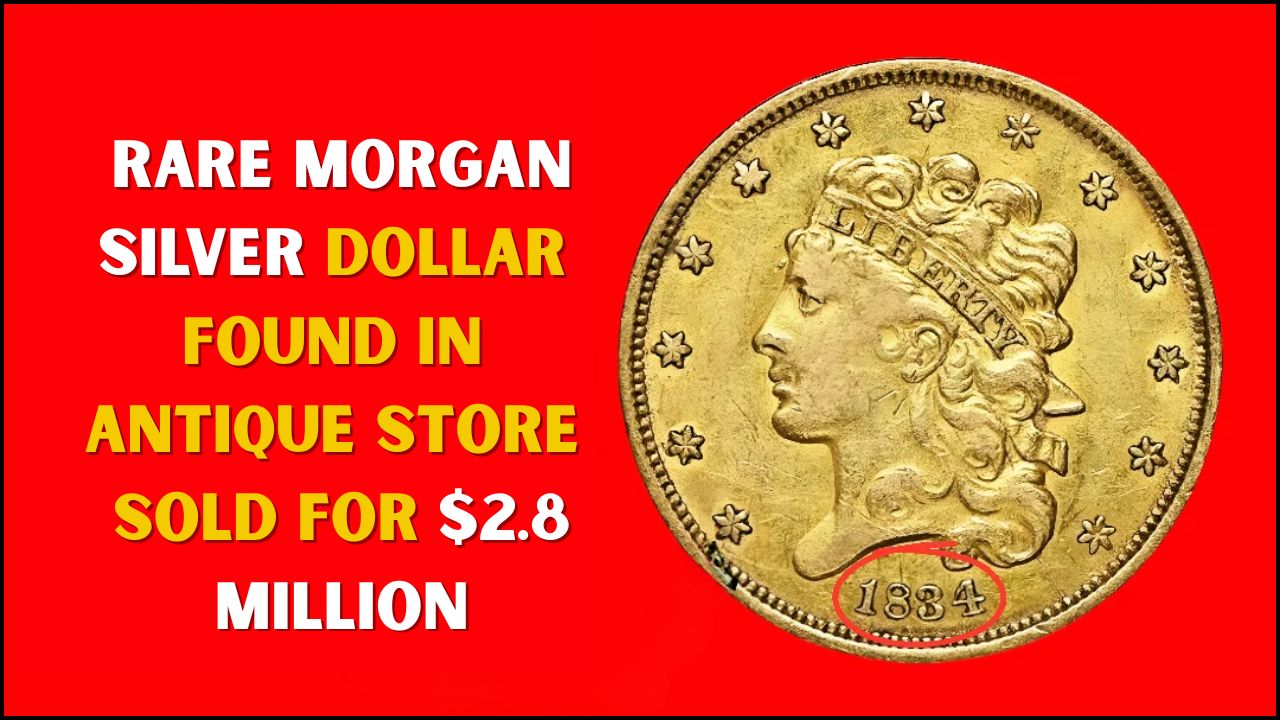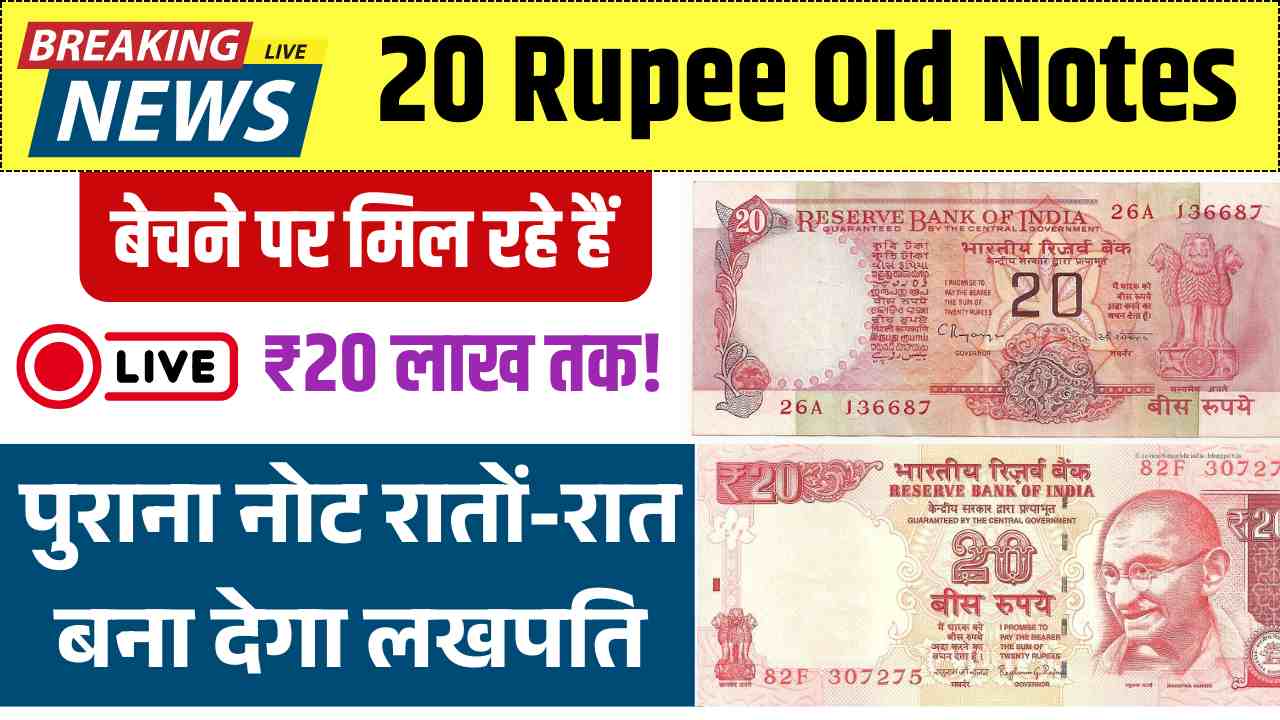Rare $10 Bill With Serial Repeater Still Out There : In the world of currency collecting, where rarity, history, and condition drive immense value, one particular note has captured the imagination of numismatists and investors alike — a rare $10 bill with a repeating serial number, which has been valued at a jaw-dropping $310,000. While one such bill has already surfaced in a private collection, rumors persist that more could still be in circulation or locked away in forgotten safes and drawers.
What Makes This $10 Bill So Valuable?
At first glance, a $10 bill may seem ordinary. But in this case, it’s not just the denomination or age that matters — it’s the serial number. The note in question features a “repeater” serial number, a special sequence where digits repeat in a unique pattern (for example, 12341234, 54545454, or 20202020). These patterns are exceptionally rare, particularly on older U.S. banknotes.
The serial number alone can significantly boost a bill’s desirability, but combine that with factors like uncirculated condition, printing errors, and historical context, and the value skyrockets. One such repeater $10 bill, issued in the early 20th century and preserved in pristine condition, was recently appraised at $310,000, making it one of the most expensive $10 bills ever recorded.
Understanding Repeater and Fancy Serial Numbers
“Fancy serial numbers” have become a hot topic in the collector community. These are serial numbers that exhibit patterns, symmetry, or uniqueness, making them highly desirable. The most popular types include:
- Repeaters (e.g., 45454545)
- Ladders (e.g., 12345678)
- Radar notes (e.g., 12344321)
- Solid numbers (e.g., 77777777)
- Low serial numbers (e.g., 00000001)
Among these, repeaters are especially admired for their rarity and visual appeal. The odds of receiving a repeater in your change are incredibly low, making any find extremely valuable.
The $310,000 Bill: A Closer Look
The specific $10 bill that reached the $310,000 mark is believed to be a 1928 Gold Certificate or a Federal Reserve Note, with a perfect 8-digit repeater serial number like 37373737, printed in very limited quantities. What set this note apart, however, was:
- Uncirculated condition (graded as GEM-65 or higher)
- Crisp paper and strong ink with no folds or handling
- Authenticated and encapsulated by PMG (Paper Money Guaranty)
This note was sold at a private numismatic auction attended by high-profile collectors, where fierce bidding drove the price beyond expectations.
Still in Circulation? Experts Say Maybe
While most rare bills are quickly snatched up by collectors or dealers, experts suggest that other repeater serial number $10 bills could still be out there — especially in old bank vaults, estate holdings, or in circulation with unsuspecting individuals.
Currency experts recommend checking your wallets, safes, and inherited collections. If you come across a bill with a repeating or fancy serial number — especially older issues from before the 1970s — it’s worth getting it evaluated by a professional.
How to Check If Your $10 Bill Is Valuable
Here are a few steps you can take to see if your $10 bill might be worth far more than face value:
- Examine the Serial Number: Look for any patterns, repeats, or low numbers.
- Check the Condition: Bills with no folds, tears, or discoloration are more valuable.
- Look for Rare Series: Older series (e.g., 1928, 1934, 1950) tend to fetch higher prices.
- Consult Experts: Have the bill graded by PMG or PCGS Currency.
- Check Auction Records: See if similar bills have been sold at auction and for how much.
The Growing Market for Rare U.S. Currency
As the collectibles market continues to expand, rare currency has become a favored asset among alternative investors. Like rare coins, bills with unique features — such as repeater serial numbers — are gaining traction for their combination of rarity, artistry, and historical significance.
Auctions of fancy serial number notes have seen significant appreciation in recent years, with some $1 and $2 bills selling for thousands. The $10 denomination, however, is less common in the fancy serial number space, making this $310,000 sale even more extraordinary.
Final Thoughts: Could You Be Holding a Fortune?
It’s stories like these that spark curiosity and fuel treasure hunts across the country. The idea that a simple $10 bill — one that could be sitting unnoticed in a drawer or handed over in change — might be worth hundreds of thousands is nothing short of thrilling.
So the next time you receive a ten-dollar bill, take a closer look. A rare repeater note could turn out to be a once-in-a-lifetime find, just waiting to be discovered.








